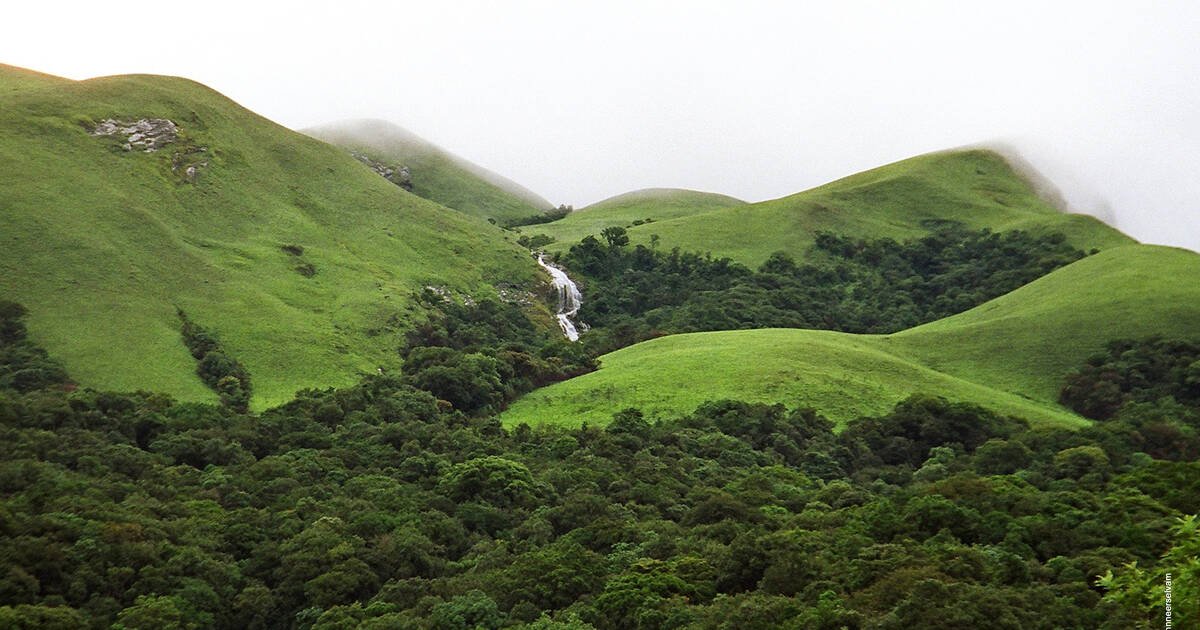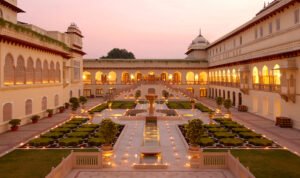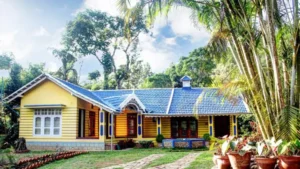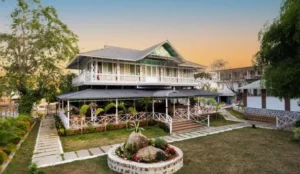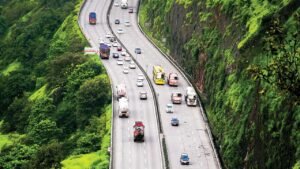Introduction
The Western Ghats, also known as the Sahyadri Hills, is one of the most ecologically rich and scenic mountain ranges in India. Stretching along the west coast of India from Maharashtra to Kerala, this UNESCO World Heritage Site is known for its lush forests, stunning waterfalls, wildlife sanctuaries, and picturesque hill stations. The range plays a crucial role in influencing the monsoon climate and is home to many endemic species of flora and fauna.
Geographical & Environmental Importance
The Western Ghats span across six states: Maharashtra, Goa, Karnataka, Kerala, Tamil Nadu, and Gujarat.
It is a UNESCO World Heritage Site due to its rich biodiversity, housing over 7,400 species of plants, animals, birds, and insects.
The region acts as a climate regulator, impacting the monsoon and maintaining ecological balance.
The forests of the Western Ghats are the origin of many important rivers, including the Godavari, Krishna, and Kaveri.
Top Attractions & Activities in the Western Ghats
Hill Stations & Scenic Landscapes
Munnar (Kerala) – Famous for its sprawling tea plantations, cool climate, and Eravikulam National Park.
Lonavala & Khandala (Maharashtra) – Popular for their lush greenery, waterfalls, and trekking trails.
Coorg (Karnataka) – Known as the “Scotland of India,” it offers coffee plantations, waterfalls, and wildlife spotting.
Wildlife Sanctuaries & National Parks
Periyar Wildlife Sanctuary (Kerala) – Home to elephants, tigers, and a scenic lake for boat safaris.
Bandipur National Park (Karnataka) – A haven for tigers, leopards, and deer, offering exciting jungle safaris.
Silent Valley National Park (Kerala) – One of the last undisturbed tracts of tropical rainforest in India.
Famous Waterfalls
Dudhsagar Falls (Goa-Karnataka Border) – One of India’s tallest waterfalls, resembling a milky cascade.
Jog Falls (Karnataka) – A breathtaking four-tiered waterfall, best seen during the monsoon.
Athirappilly Falls (Kerala) – Known as the “Niagara of India,” surrounded by dense forests.
Trekking & Adventure
Rajmachi Trek (Maharashtra) – A thrilling trek offering stunning views of valleys and forts.
Agumbe Rainforest Trek (Karnataka) – A trek through dense rainforests, famous for king cobras.
Chembra Peak Trek (Kerala) – Leads to the heart-shaped lake, a romantic trekking spot.
Best Time to Visit
Winter (October to February): Ideal for trekking, sightseeing, and wildlife exploration.
Monsoon (June to September): The region turns lush green, with waterfalls at their fullest (best for nature lovers but not for trekking).
Summer (March to May): Pleasant in hill stations but hot in lower regions.

